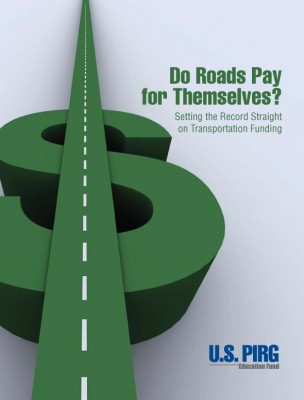
Transportation for America, PolicyLink, and The Leadership Conference for Civil and Human Rights applaud the House Appropriations Committee for directing the U.S. Department of Transportation (USDOT) to measure how transportation investments will connect all Americans to opportunity and essential daily needs such as jobs, schools, healthcare, food and others.
For immediate release
May 26, 2016
Our organizations thank Representatives Waters, Carson, Ellison, Grijalva, and Quigley for their leadership in including this important provision in the 2017 House Transportation, Housing and Urban Development (THUD) Appropriations report that passed the House Appropriations Committee yesterday.
“Connecting people to opportunities is one of the primary reasons we build transportation infrastructure, plain and simple,” said Transportation for America Director James Corless. “It’s incredibly encouraging to see the House Appropriations Committee recognize the fact that transportation isn’t an end in itself. To determine if we’re building the right things in the right places, it’s critical that we measure — and improve — the access people have to opportunities. Jobs, healthcare, schools, grocery stores full of healthy food — it’s critical that the streets and transit systems we invest in give as many people as possible more affordable access to all of these things.”
“Each day, millions of Americans — particularly low-income communities and communities of color — struggle to access the resources they need to thrive, simply because they have no transportation to get them where they need to go,” said PolicyLink President and CEO, Angela Glover Blackwell. “By calling on USDOT to work with communities to measure how well we are connecting people to opportunity, Congressional leaders have taken a key step toward equipping local leaders with the equity-focused data they need to reimagine and build a more just transportation system.”
“We are encouraged that the House Appropriations Committee has acknowledged the importance of measuring how our transportation investments stack up in terms of connecting our communities to opportunity, and the Department of Transportation must take up the charge to establish an accessibility performance measure without delay,” said Nancy Zirkin, Executive Vice President of The Leadership Conference on Civil and Human Rights. “Without access to transportation, our communities lack the ability to connect to all of the things that they need to sustain their families, including jobs, child care, and affordable housing. With access to transportation, our communities have a world of opportunity opened up to them. The Department of Transportation should leave no stone unturned in ensuring that dollars spent on transportation are being used in the smartest way possible to connect our communities to opportunity.”
The report accompanying this bill encourages the Secretary of Transportation, in coordination with the Federal Highway Administration and the Federal Transit Administration, “to establish an accessibility performance measure to be available to states, metropolitan planning organizations, and transit agencies to assess the degree to which the transportation system, including public transportation, provides multimodal connections to economic opportunities, including job concentration areas, health care services, child care services, and education and workforce training services, particularly for disadvantaged populations.”
USDOT is in the middle of an ongoing process to establish a new series of performance measures for transportation spending — resulting in a new system that will require states and metro areas to measure the impact of their transportation dollars. But the measures developed so far have been limited to metrics like road and bridge conditions, safety and congestion, among others — failing to consider whether or not investments give all people better access to what they need each day.
Do the projects proposed by state and local transportation agencies divide communities or knit them back together? This new accessibility measure will direct USDOT to find ways to measure the answer to questions like that.
The House THUD Appropriations bill, in its current form, also provides robust funding for the Federal Transit Administration’s capital investment program and has strong funding for the important TIGER multimodal discretionary grant program. Both of these programs are essential to helping communities throughout the country build cost-effective multimodal transportation systems that can help connect all residents to opportunity.
Our organizations look forward to working with House leadership as the bill moves forward to ensure USDOT, states and local leaders have the resources needed to successfully build and measure our transportation investments to ensure that all Americans have access to basic needs and economic opportunities.
For more information, contact:
Steve Davis
Director of Communications
202-971-3902
steve.davis@t4america.org






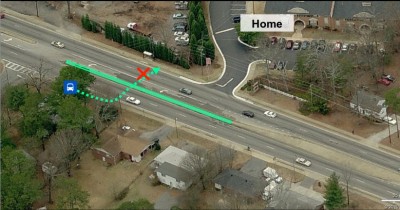
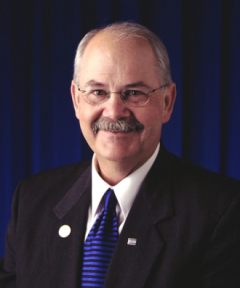
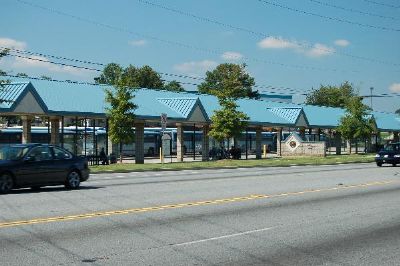
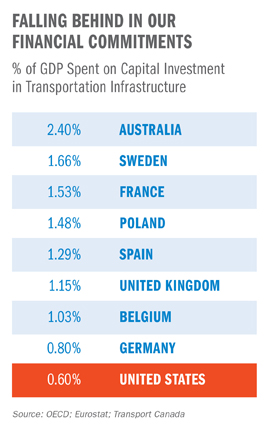
 By 2015, more than
By 2015, more than 